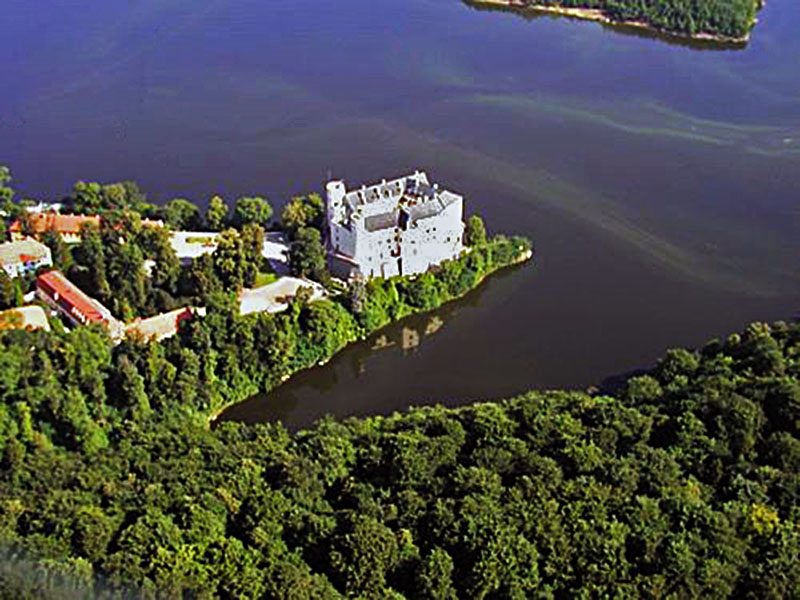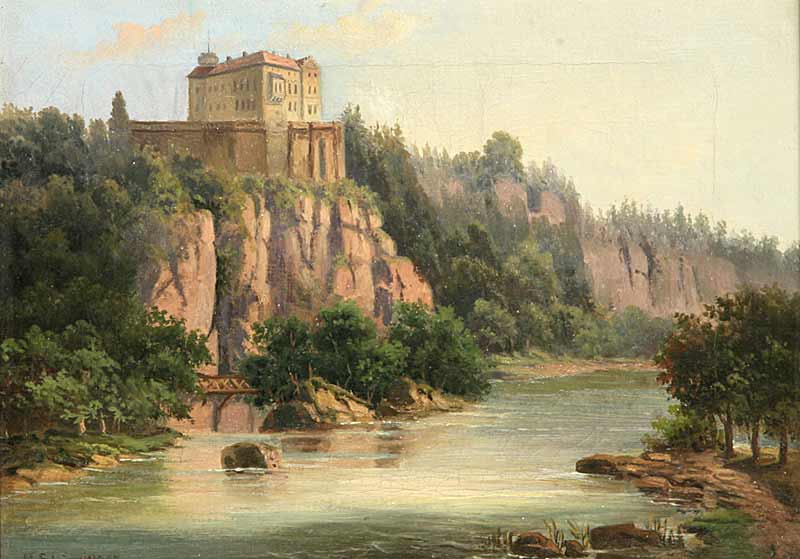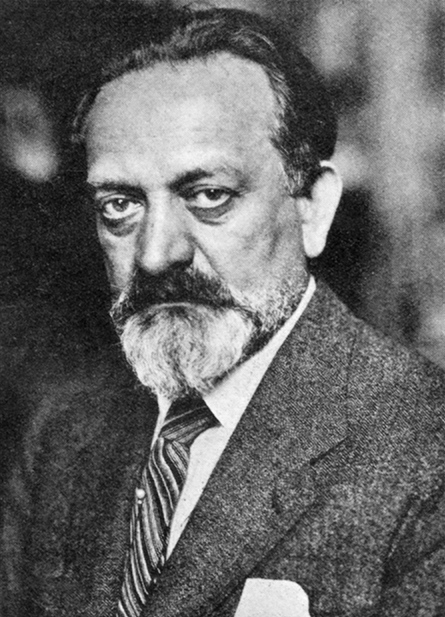|
Orlík (other)
Orlík may refer to: * Orlican VT-16 Orlík, Czechoslovakian glider of 1959 *Orlík nad Vltavou, a municipality and village in the Czech Republic **Orlík Reservoir **Orlík Castle Orlík Castle () is a château in Orlík nad Vltavou, in Písek District in the South Bohemian Region of the Czech Republic. The original position of the spur castle, on a rock above the Vltava valley, was altered by the creation of the Orlík R ... * 11339 Orlík, an asteroid * Orlík (band), a former Czech band * Orlík, mountain in the Czech Republic People * Emil Orlík (1870–1932), Czech painter, etcher and lithographer See also * Orlik (other) (equivalent word in Polish and other Slavic languages) {{DEFAULTSORT:Orlik ... [...More Info...] [...Related Items...] OR: [Wikipedia] [Google] [Baidu] |
Orlican VT-16 Orlík
The Orlican VT-16 Orlík is a single-seat club glider (sailplane), glider, serving Czechoslovakia, Czech gliding clubs and setting several national records in the early 1960s. Design and development The VT-16 Orlík was designed by Jiri Matejček and is a high-wing monoplane of all-wood construction, except that the skin is stabilized with polystyrene foam. Its wing has a single spar structure with a forward torsion box; the whole wing is plywood skinned and foam filled, allowing the rib (aircraft), ribs to be comparatively widely spaced. In plan it is straight-tapered with blunt tips; there are 3° of dihedral (aircraft), dihedral. It has conventional plain ailerons and spoiler (aeronautics), spoilers at mid-chord (aircraft), chord, which extend both above and below the wing. At the time of its first flight in August 1959 it was a Standard Class glider with a span. Later aircraft had and spans but it was the 16 m version that went into series production. The fuselage of ... [...More Info...] [...Related Items...] OR: [Wikipedia] [Google] [Baidu] |
Orlík Nad Vltavou
Orlík nad Vltavou is a municipality and village in Písek District in the South Bohemian Region of the Czech Republic. It has about 300 inhabitants. It is known for the Orlík Castle, protected as a national cultural monument. Administrative division Orlík nad Vltavou consists of two municipal parts (in brackets population according to the 2021 census): *Orlík nad Vltavou (27) *Staré Sedlo (239) Etymology The name is a diminutive of the Czech word ''orel'' (i.e. 'eagle'). Orlík was a common name for medieval castles built on a rock, because they resembled an eagle sitting on its nest. Geography Orlík nad Vltavou is located about north of Písek and southwest of Prague. It lies mostly in the Benešov Uplands. The highest point is the hill Chlum at above sea level. The municipality lies on the shores of the Orlík Reservoir, built on the Vltava River. History The first written mention of Orlík is a document from the period 1230–1251, when customs duties were collected ... [...More Info...] [...Related Items...] OR: [Wikipedia] [Google] [Baidu] |
Orlík Reservoir
The Orlík Reservoir () is the largest hydroelectric dam in the Czech Republic. It dams the Vltava River near the village of Solenice, which is near the town of Příbram. The structure is named after Orlík Castle, which is situated a few kilometers above the dam. The dam has four turbines with a nominal capacity of 91 Megawatt, MW each having a total capacity of 364 MW. Sources See also *List of dams and reservoirs in the Czech Republic *List of lakes in the Czech Republic * Dams in the Czech Republic Hydroelectric power stations in the Czech Republic Písek District Příbram District Buildings and structures in the Central Bohemian Region Dams completed in 1961 Reservoirs in the Czech Republic 1961 establishments in Czechoslovakia 20th-century architecture in the Czech Republic {{CzechRepublic-struct-stub ... [...More Info...] [...Related Items...] OR: [Wikipedia] [Google] [Baidu] |
Orlík Castle
Orlík Castle () is a château in Orlík nad Vltavou, in Písek District in the South Bohemian Region of the Czech Republic. The original position of the spur castle, on a rock above the Vltava valley, was altered by the creation of the Orlík Reservoir in 1954–62, and the chateâu is now barely a few metres above the water level. The meaning of the name ''Orlík'' stems from the word "young eagle" (). It is often suggested that this castle would have resembled an eagle or nest perched upon the rocky outcrop above a turn in the river. History Orlík was established as a royal castle beside a ford across the Vltava River in the second half of the 13th century, probably by Ottokar II of Bohemia, although in the Middle Ages it came into the hands of noble families and its ownership changed many times. From 1408 the Zmrzlík of Svojšín family owned it, and during their time the Hussites, Hussite general Jan Žižka stayed in the castle. In 1508 the castle burned down, and was r ... [...More Info...] [...Related Items...] OR: [Wikipedia] [Google] [Baidu] |
Orlík (band)
Orlík was a folk-influenced Czech oi! punk band founded in 1988 from the existing hardcore punk band F.A.S. (Fetal Alcohol Syndrome) by Daniel Landa and David Matásek. They released two studio albums and broke up in 1991. History The group was named after the Orlík winery, where the band members met. It originally consisted of Daniel Landa (vocals), David Matásek (guitar), Petr Štěpánek (guitar), Šimon Budský (bass), and Adolf Vitáček (drums). Vitáček left in 1989 to play with Wanastowi Vjecy and Plexis, and was replaced by Jan Limburský. Budský and Štěpánek also left shortly after. Jakub Maleček joined on bass, and the lineup of the quartet remained stable until their eventual breakup. Orlík had a short career, releasing only two albums, 1990's ''Oi!'' (also known as ''Miloš Frýba for president'') and 1991's ''Demise''. The lyrical themes of their songs were strongly nationalistic ("Bílej jezdec", "Vozová hradba") and xenophobic, such as the songs "B ... [...More Info...] [...Related Items...] OR: [Wikipedia] [Google] [Baidu] |
Orlík (mountain)
Orlík () is a mountain in the Hrubý Jeseník mountain range in the Czech Republic. It has an elevation of above sea level. It is located in the municipality of Zlaté Hory. Characteristics Location Orlík is located in the northeastern part of the Hrubý Jeseník range, specifically in the microregion known as the . It is the third highest peak of the Medvědí Mountains, after and . Orlík is a very expansive mountain, situated on two arms (ridges) of this massif: the main, arched ridge stretching from The indexed designation distinguishes it from another peak in the same range with the same name, Zámecký vrch (2), which is located 3 km southeast of the town of Vrbno pod Pradědem. to Na vyhlídce (1)The indexed designation distinguishes it from another peak in the same range with the same name, Na Vyhlídce (2), which is located near the town of Ludvíkov. with the main summit, and the side, arched ridge stretching from pass to Rejvíz pass with two secondary summit ... [...More Info...] [...Related Items...] OR: [Wikipedia] [Google] [Baidu] |
Emil Orlík
Emil Orlík (21 July 1870 – 28 September 1932) was a Czech painter, etcher and lithographer. He and lived and worked in Prague, Austria and Germany. Biography Emil Orlík was born on 21 July 1870 in Prague, Bohemia, Austria-Hungary. He was the son of a Jewish tailor. He first studied art at the private art school of Heinrich Knirr, where one of his fellow pupils was Paul Klee. From 1891, he studied at the Munich Academy under Wilhelm Lindenschmit. Later he learned engraving from Johann Leonhard Raab and proceeded to experiment with various printmaking processes. After completing his military service in Prague, he returned to Munich, where he worked for the magazine '' Jugend''. He spent most of 1898, travelling through Europe, visiting the Netherlands, Great Britain, Belgium, and Paris. During this time he became aware of Japanese art, and the impact it was having in Europe, and decided to visit Japan to learn woodcut techniques. He left for Asia in March 1900, stopping off ... [...More Info...] [...Related Items...] OR: [Wikipedia] [Google] [Baidu] |



